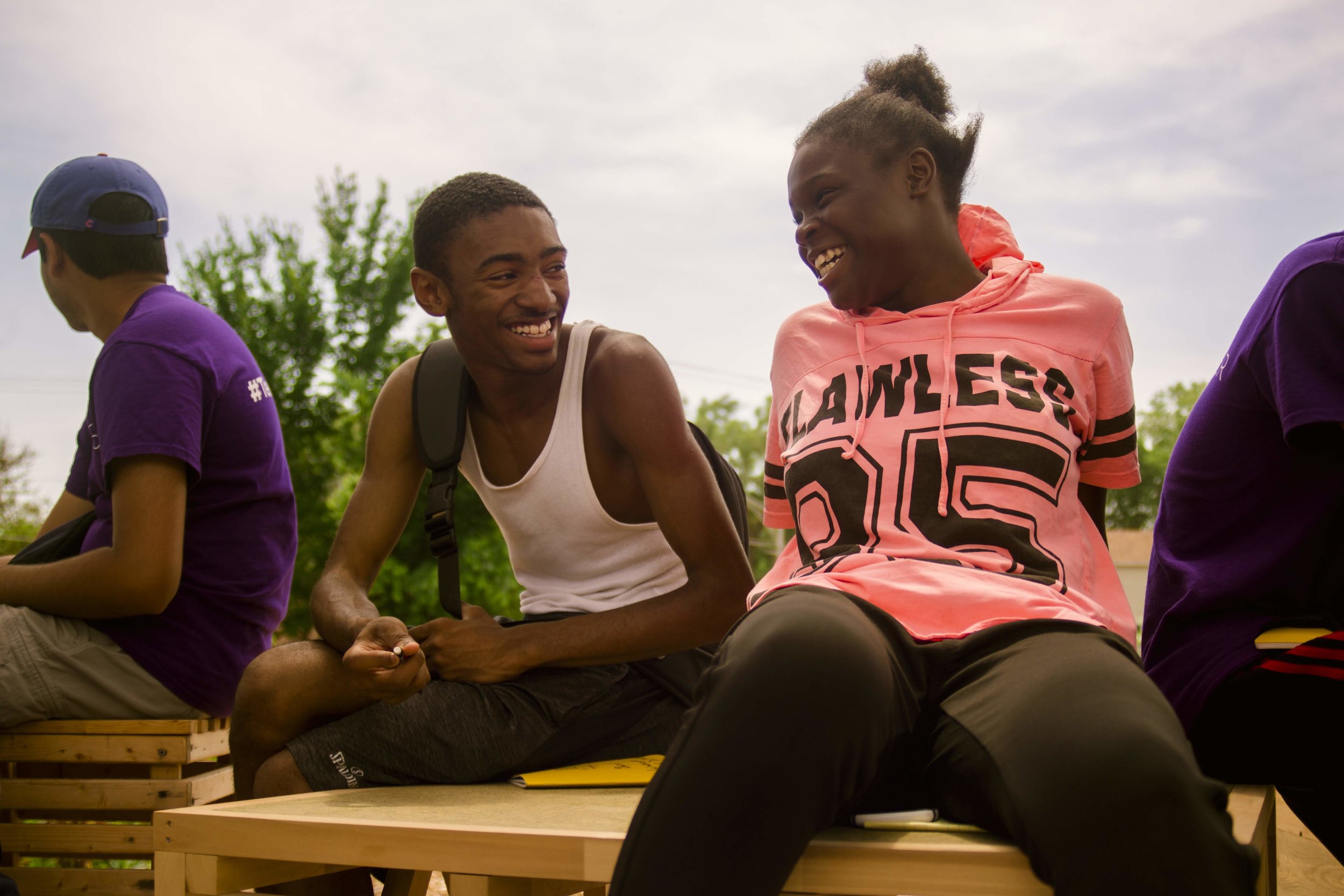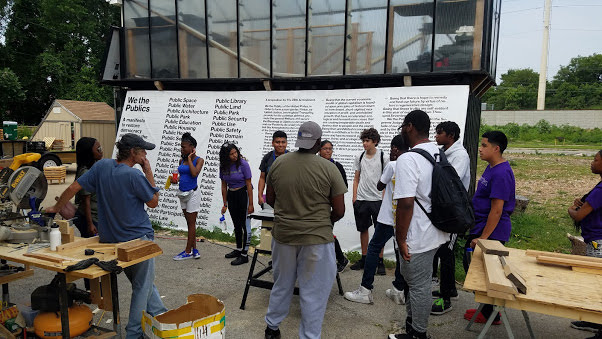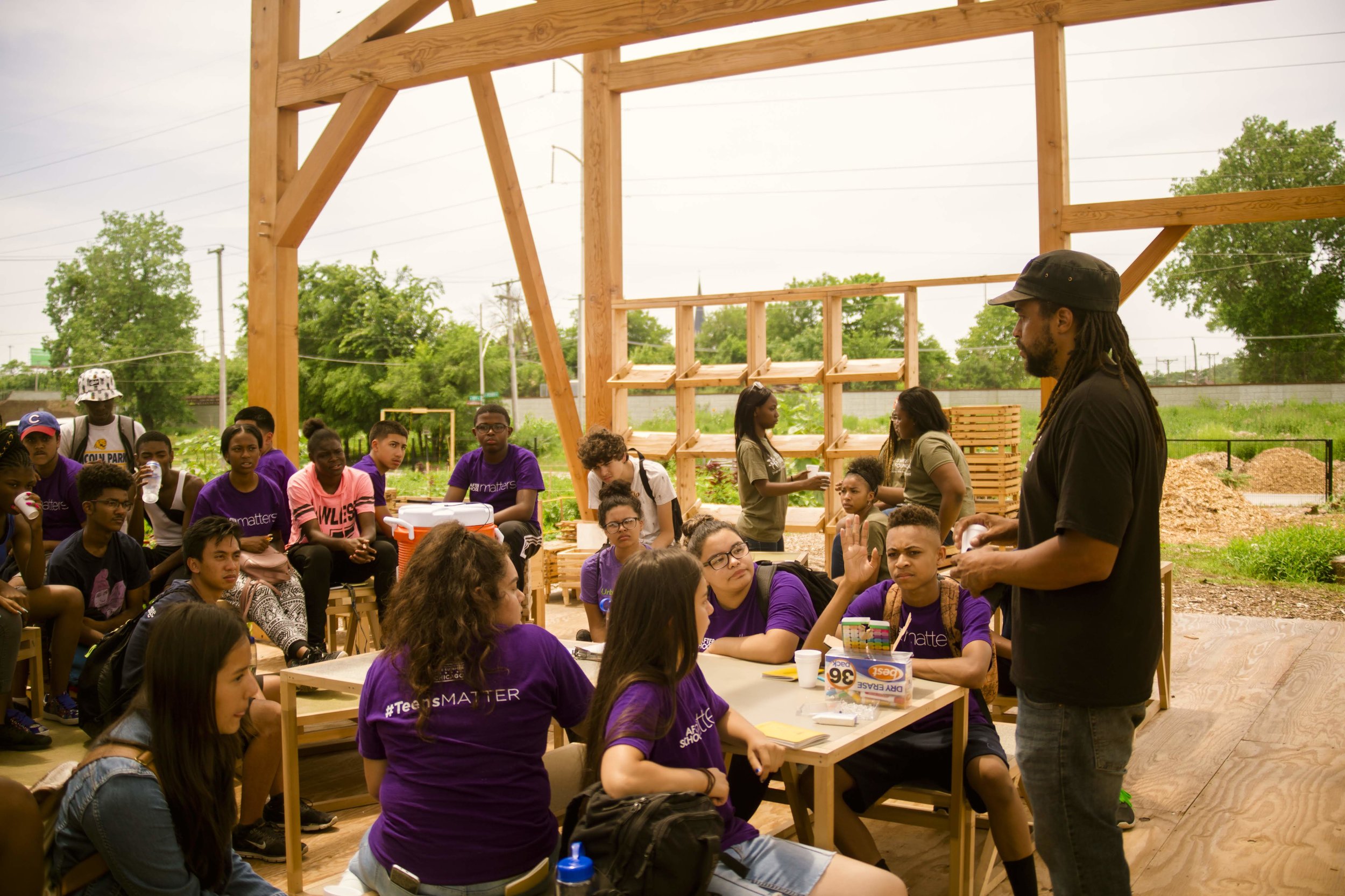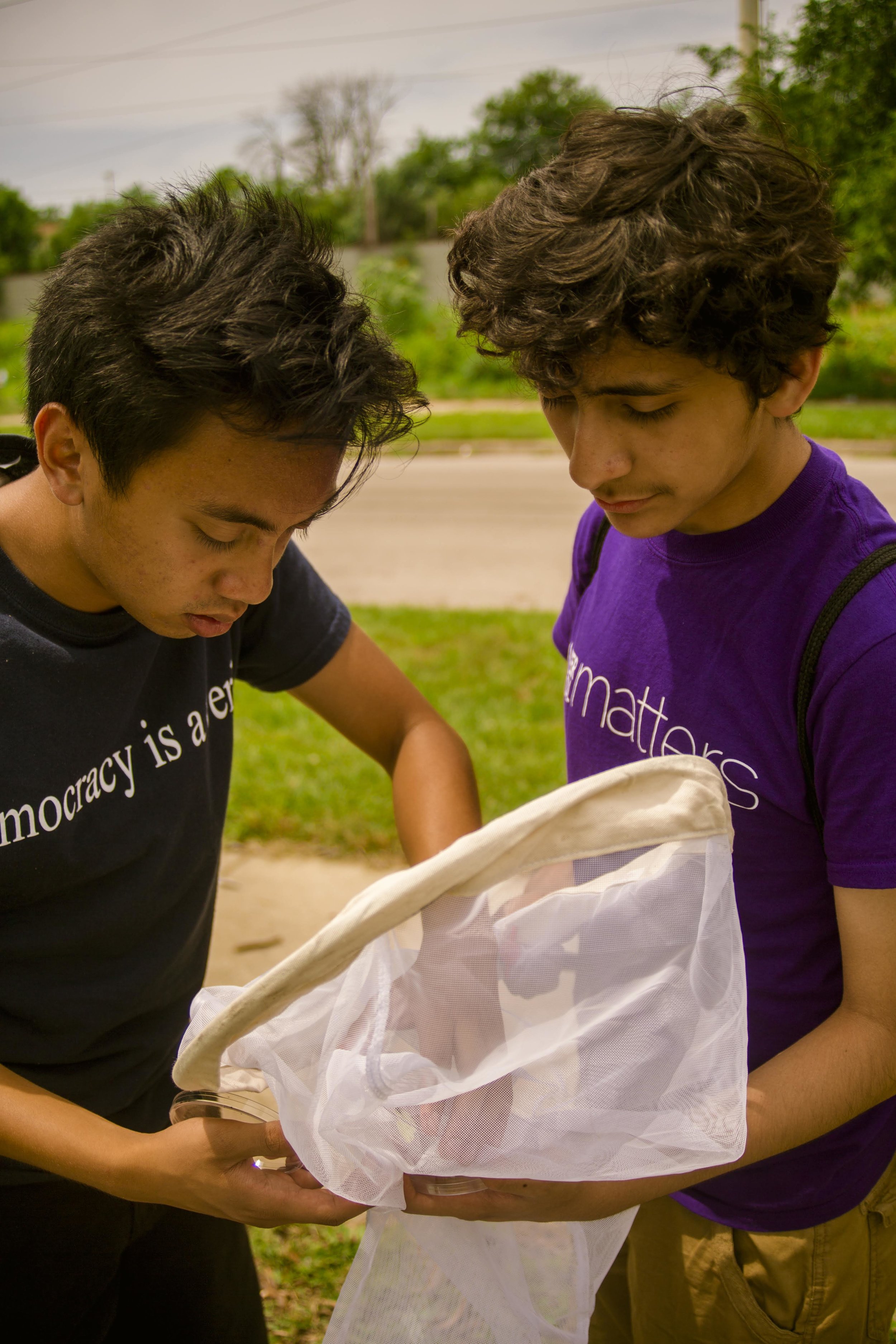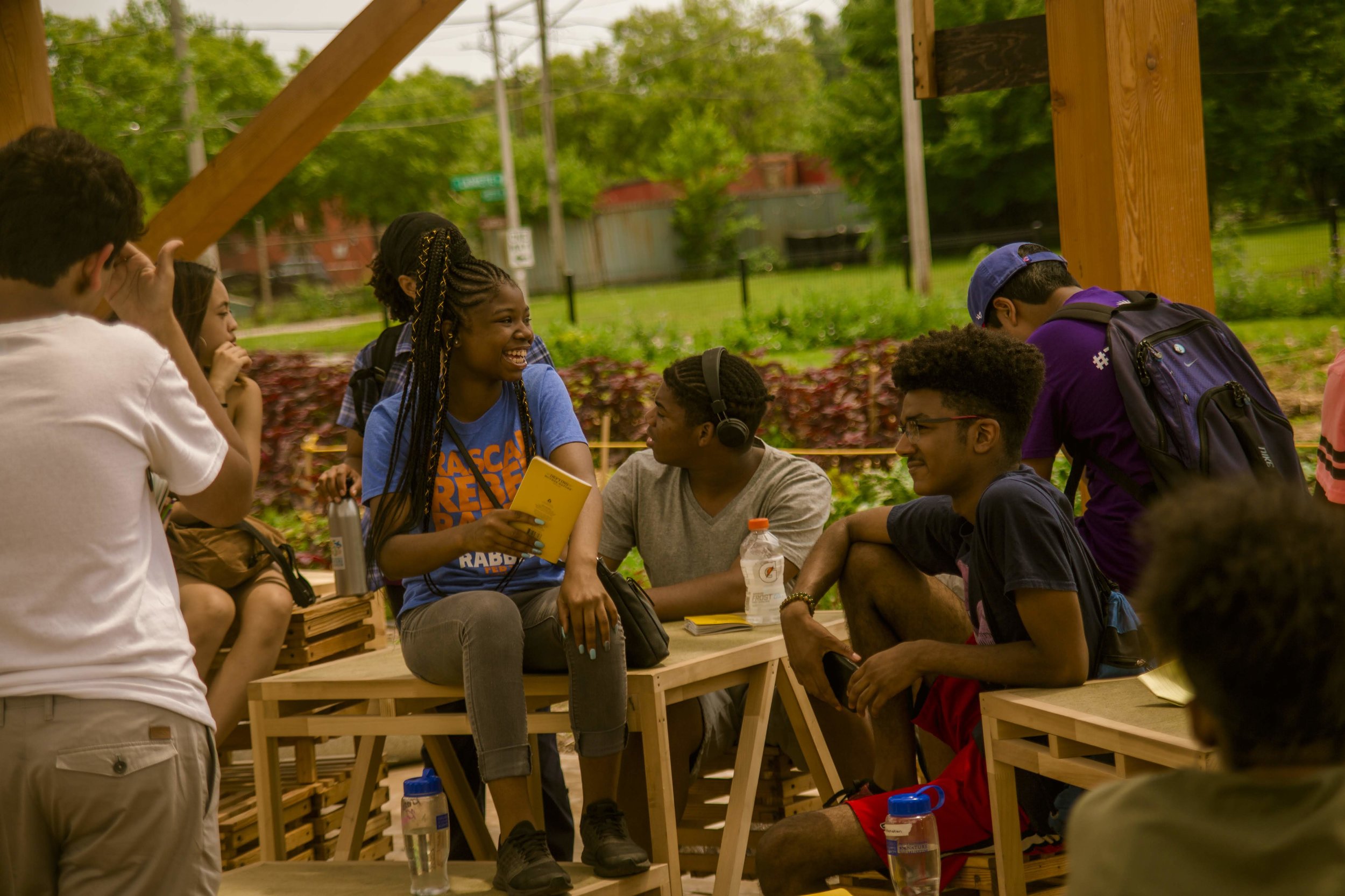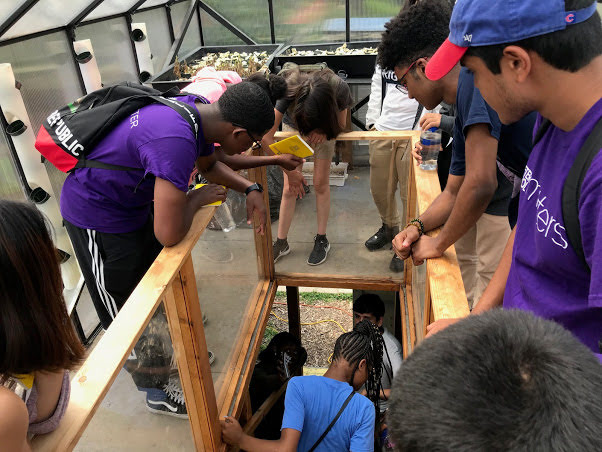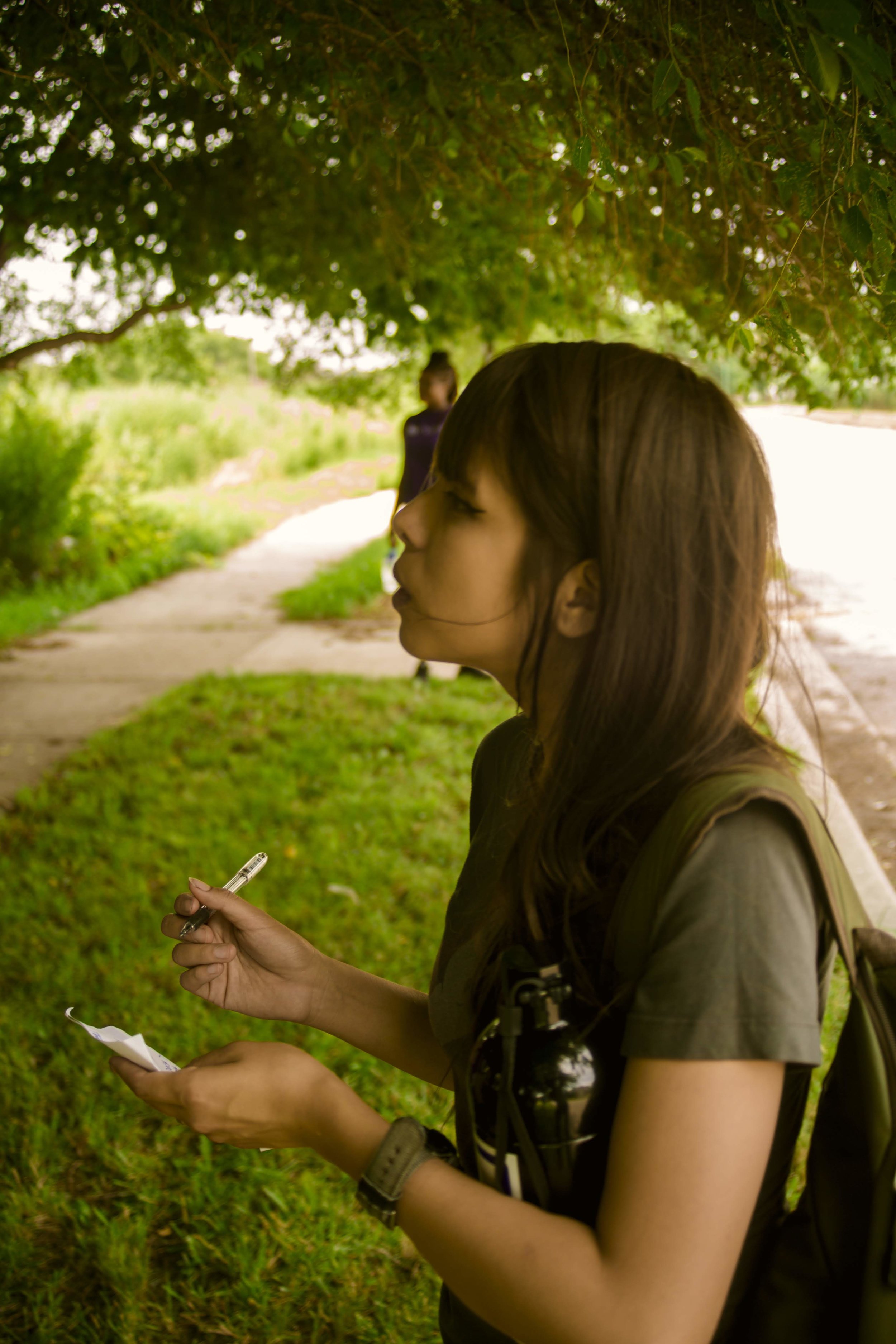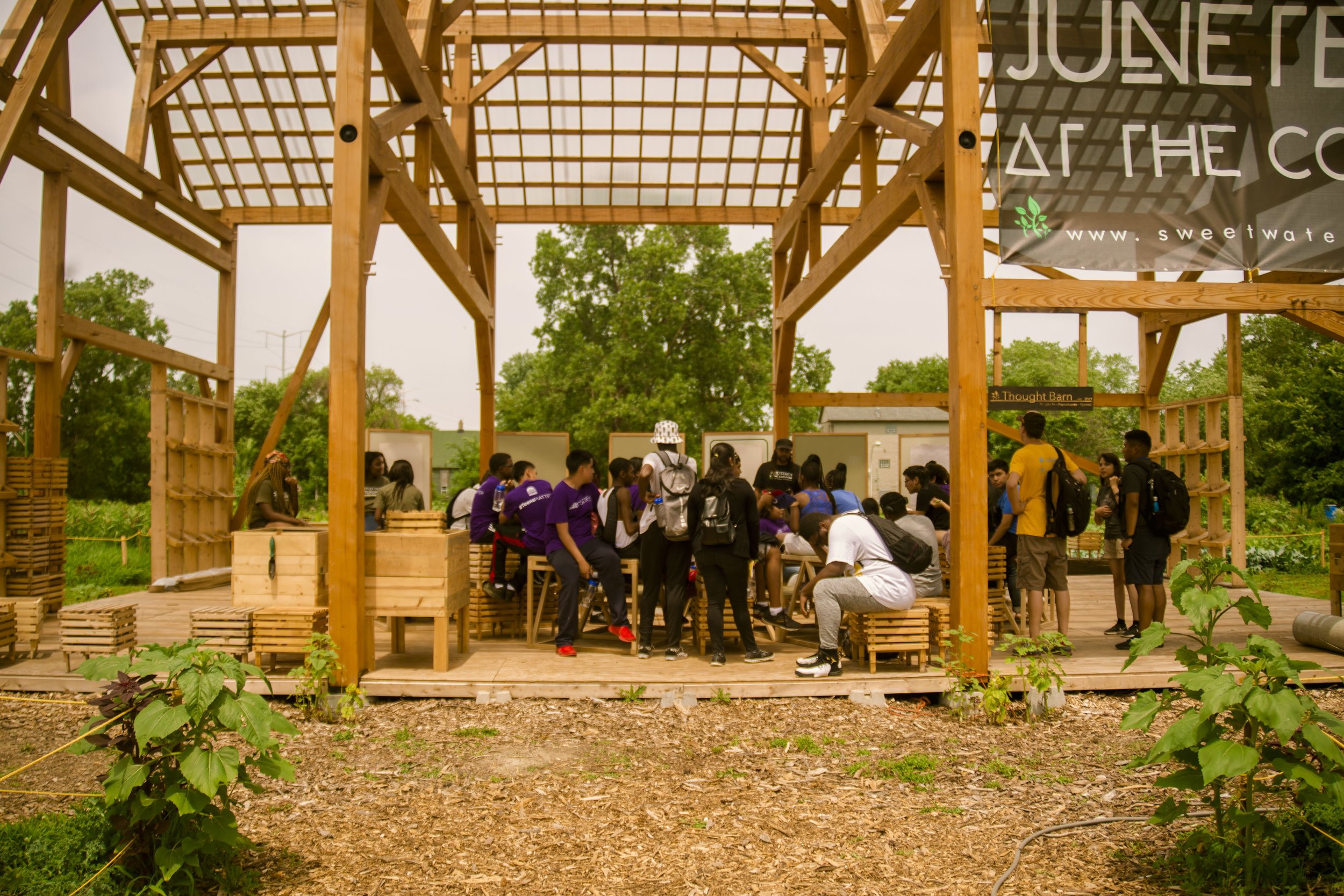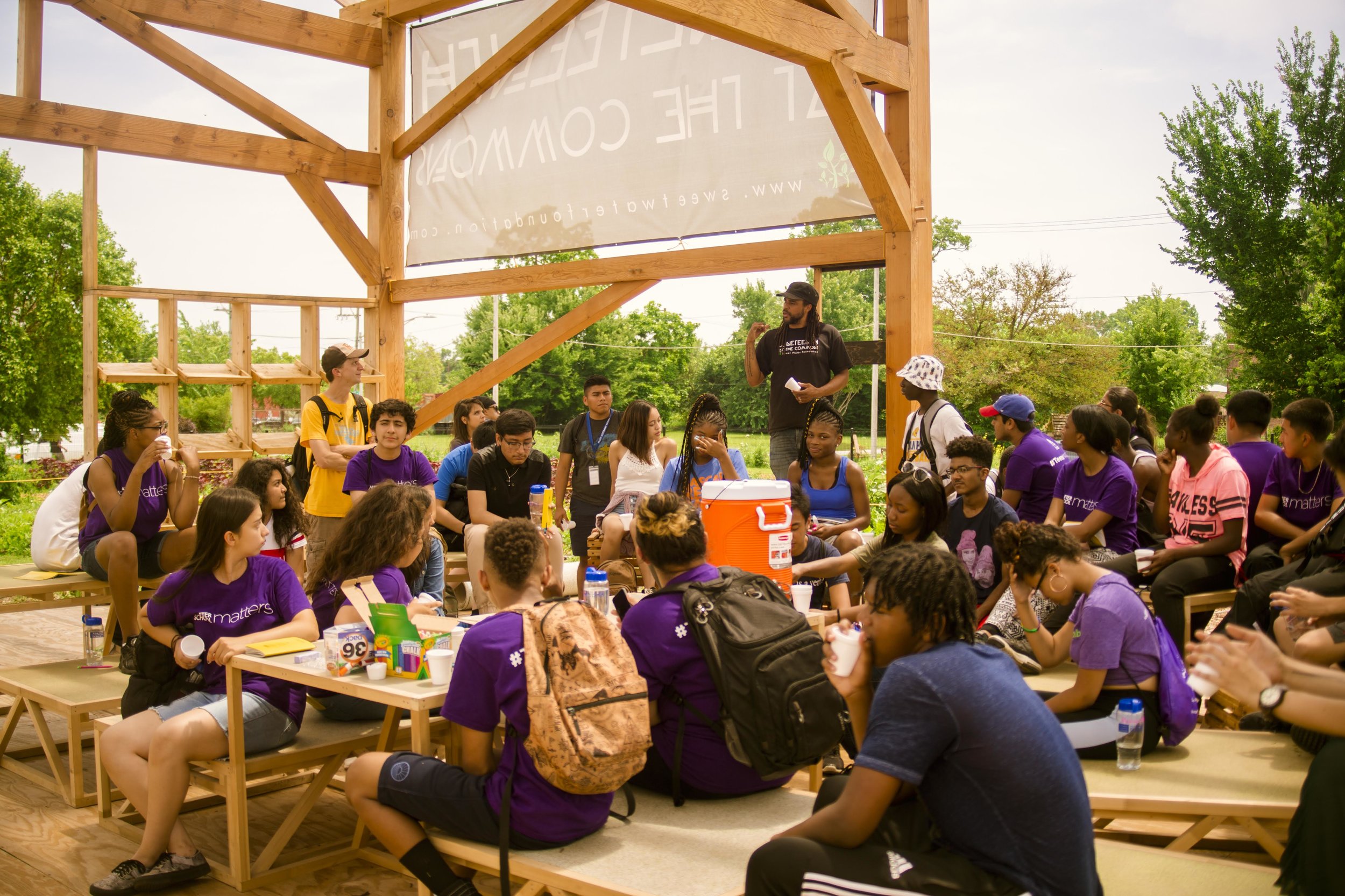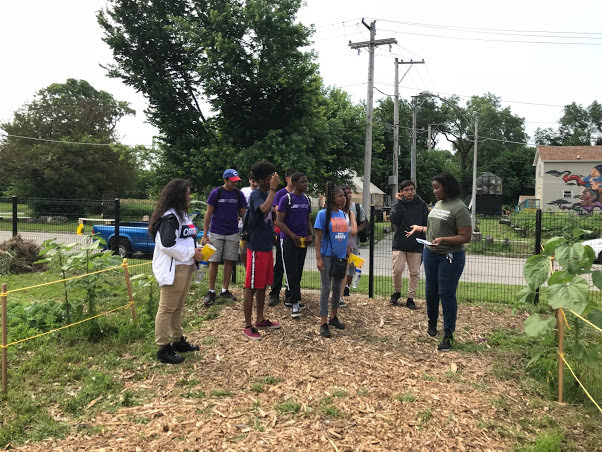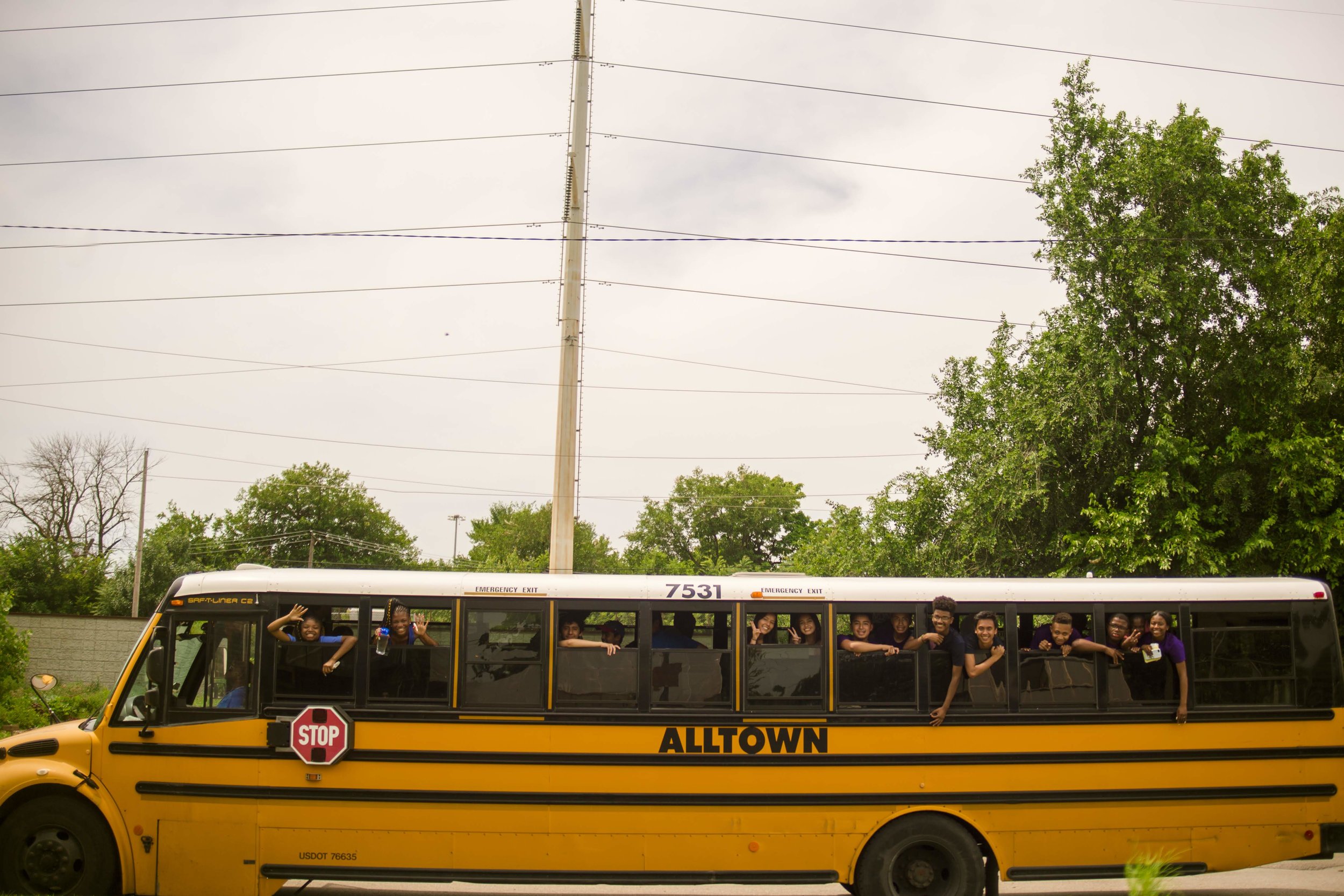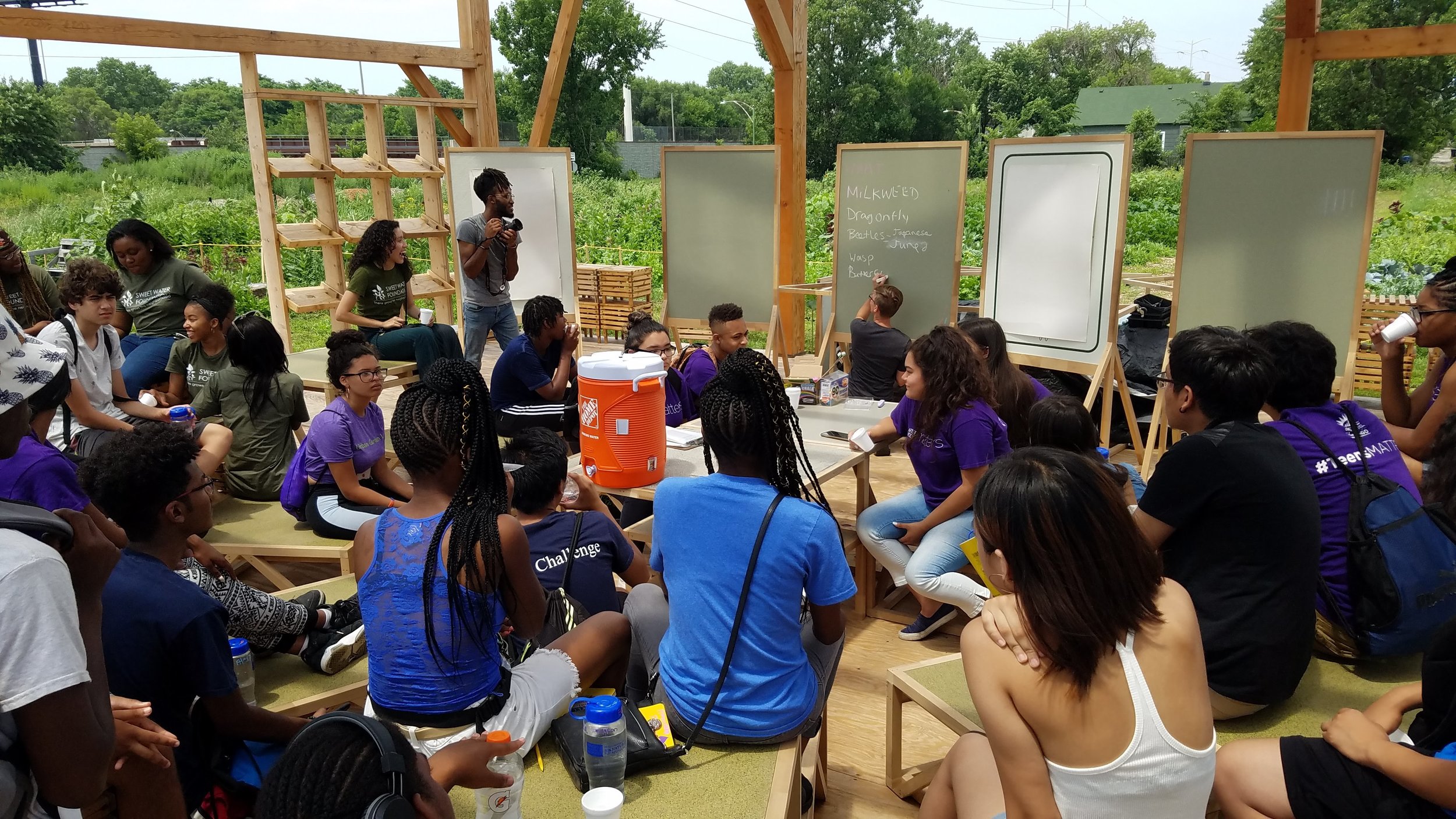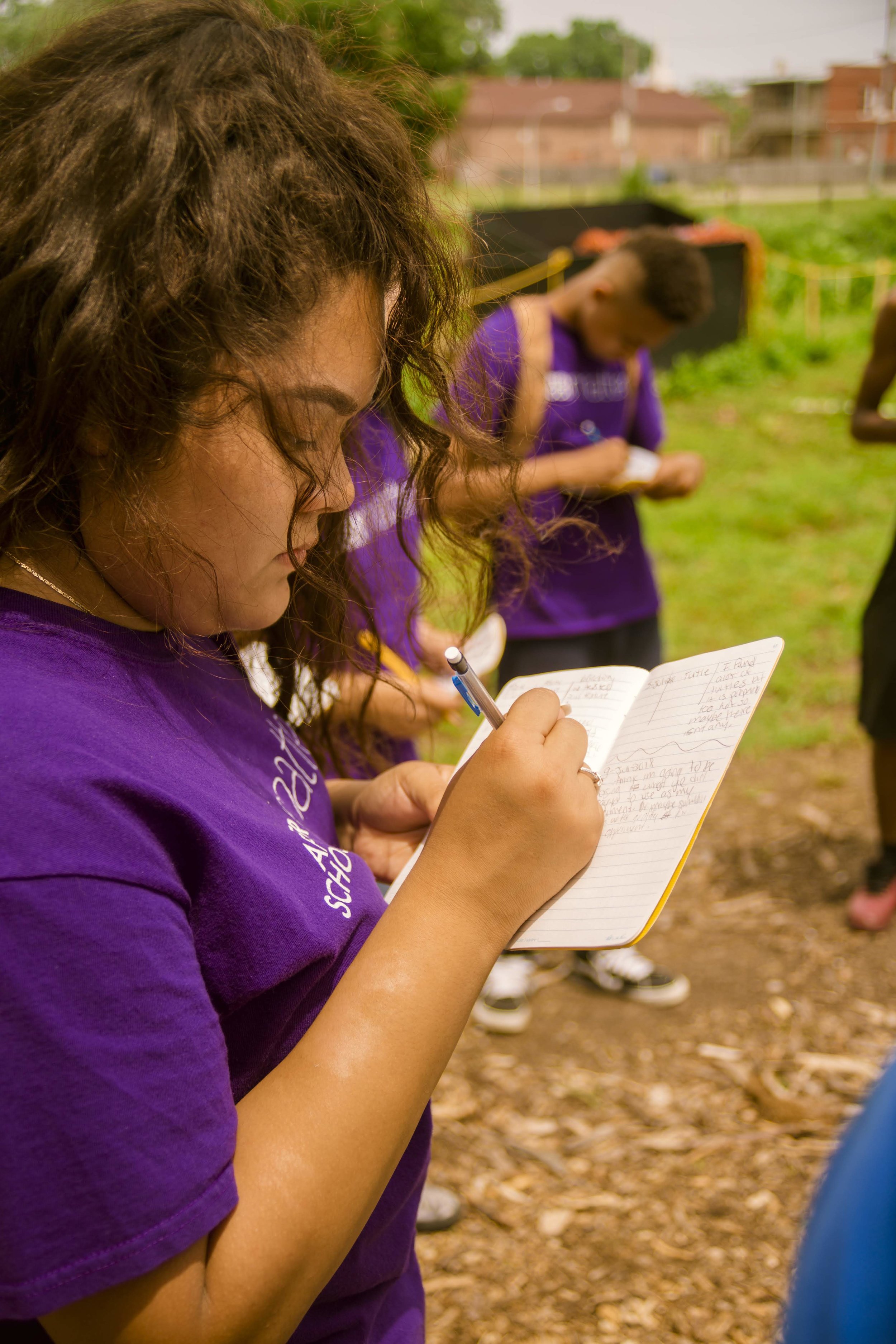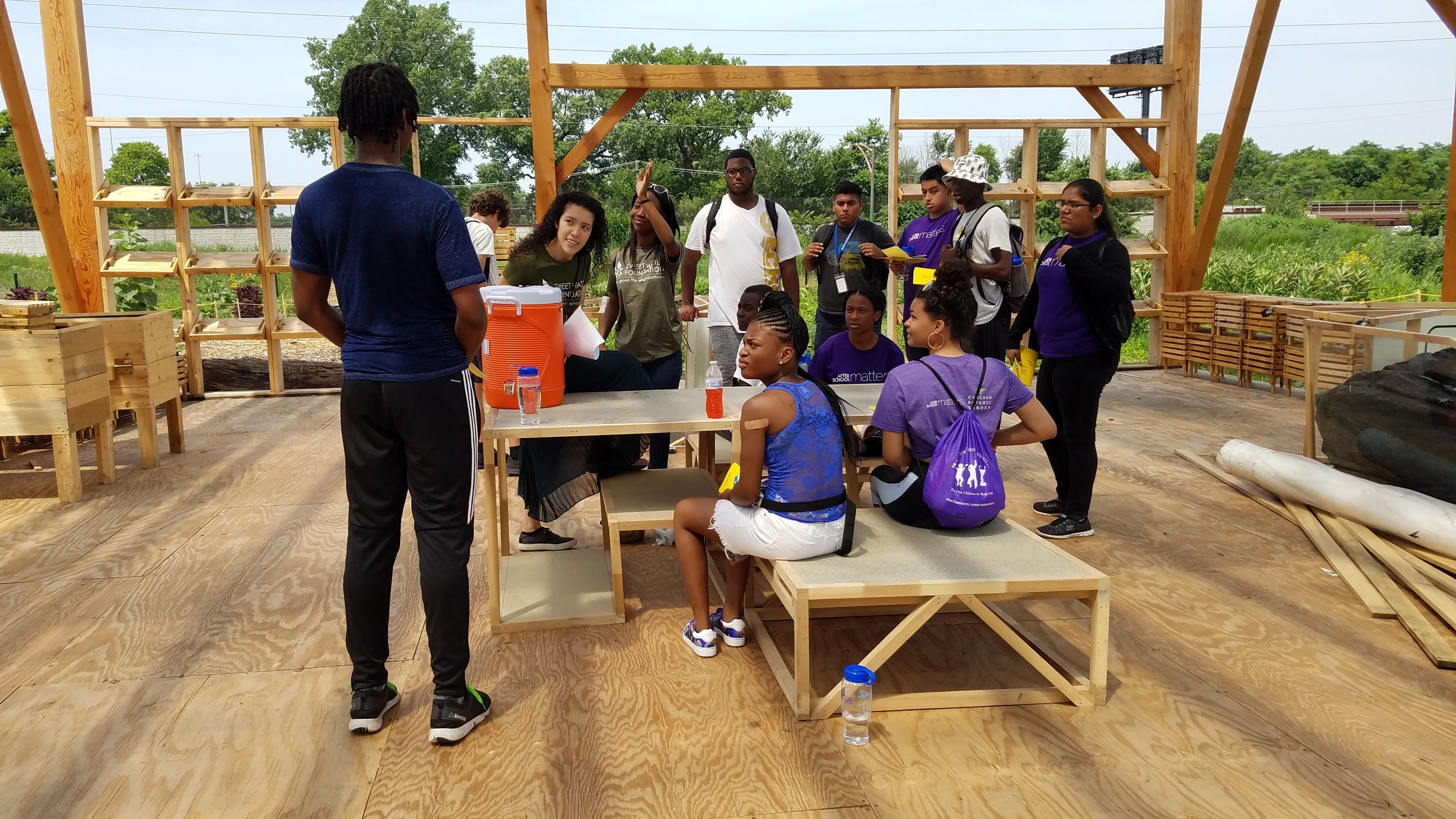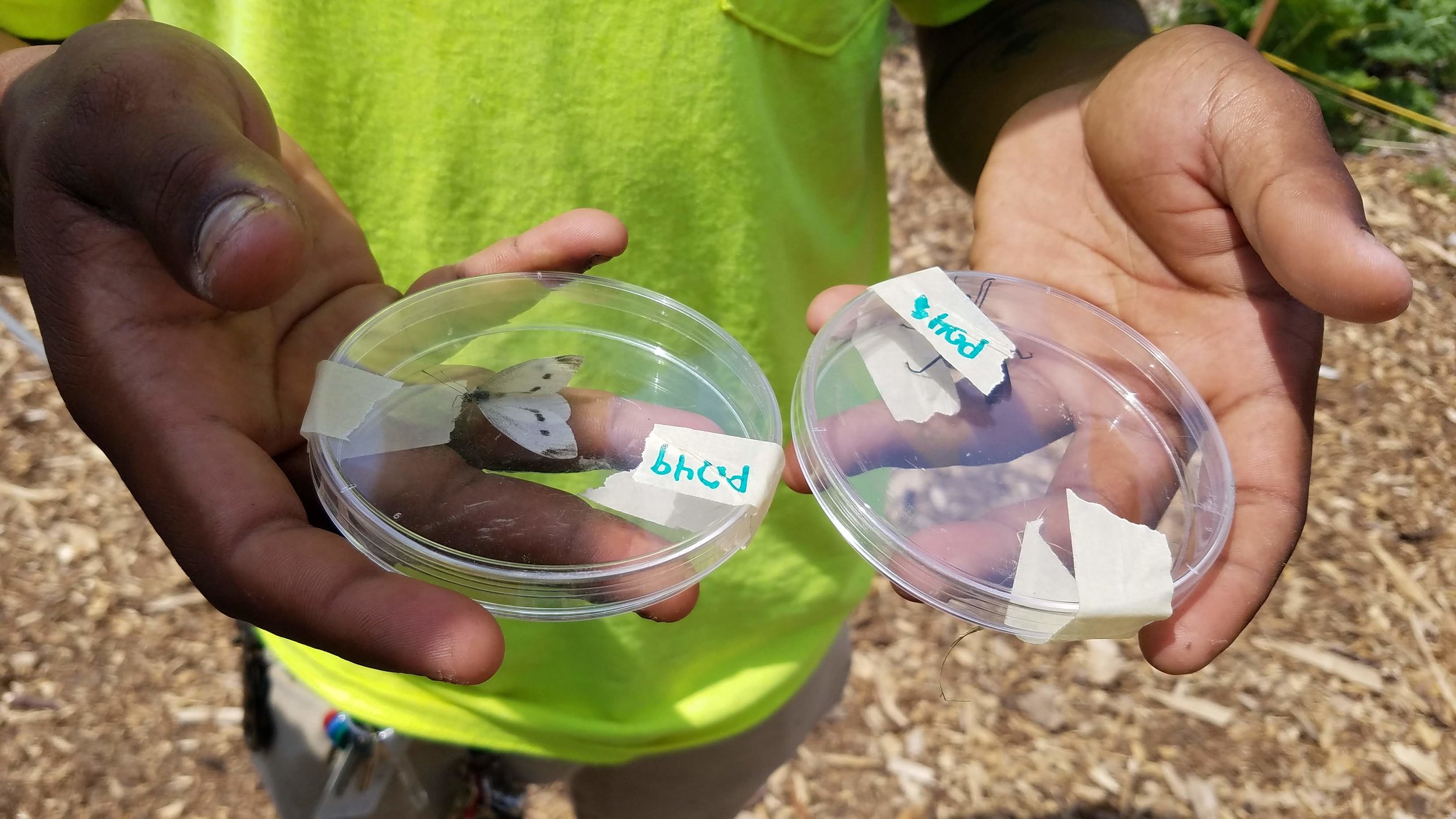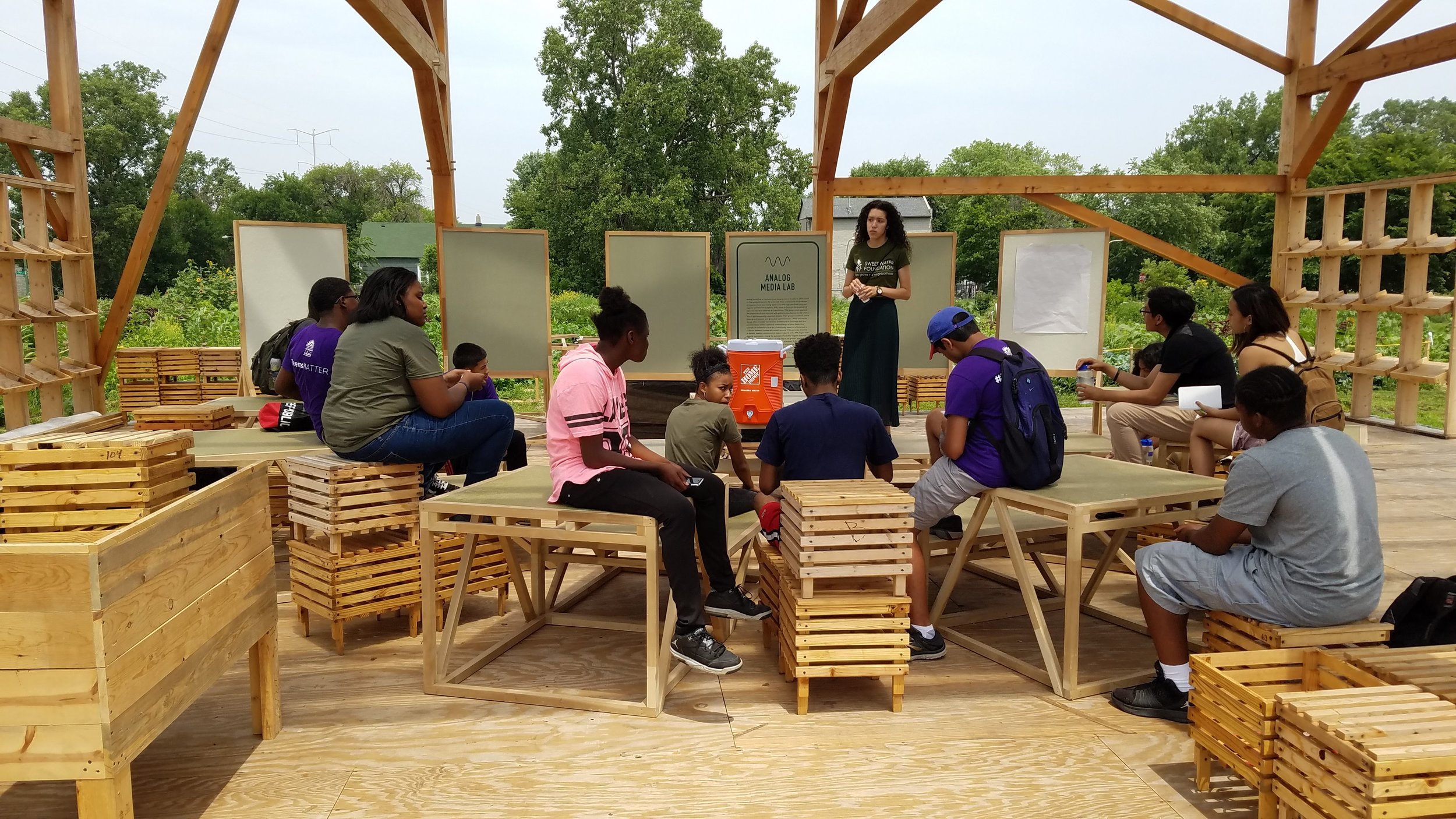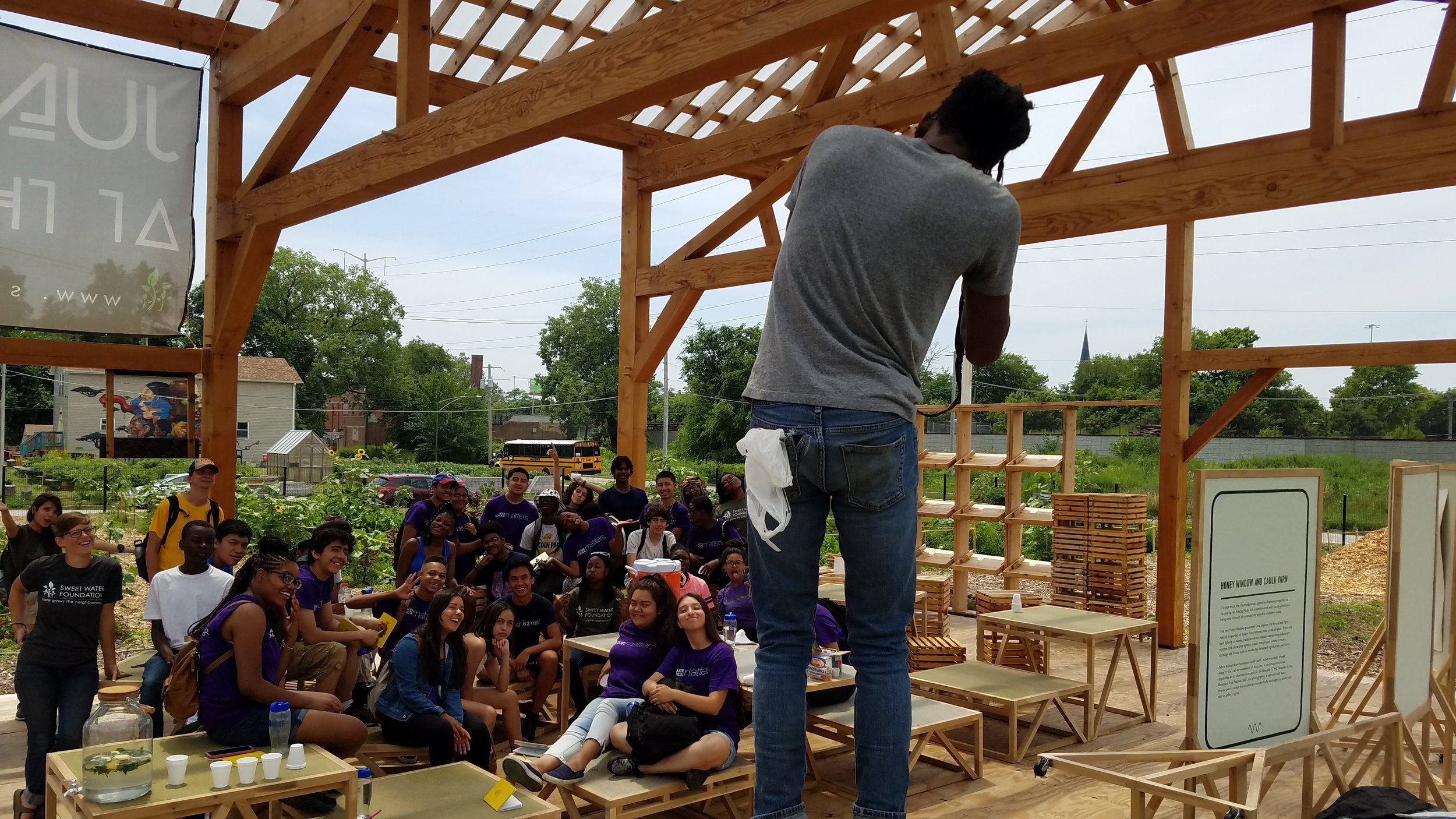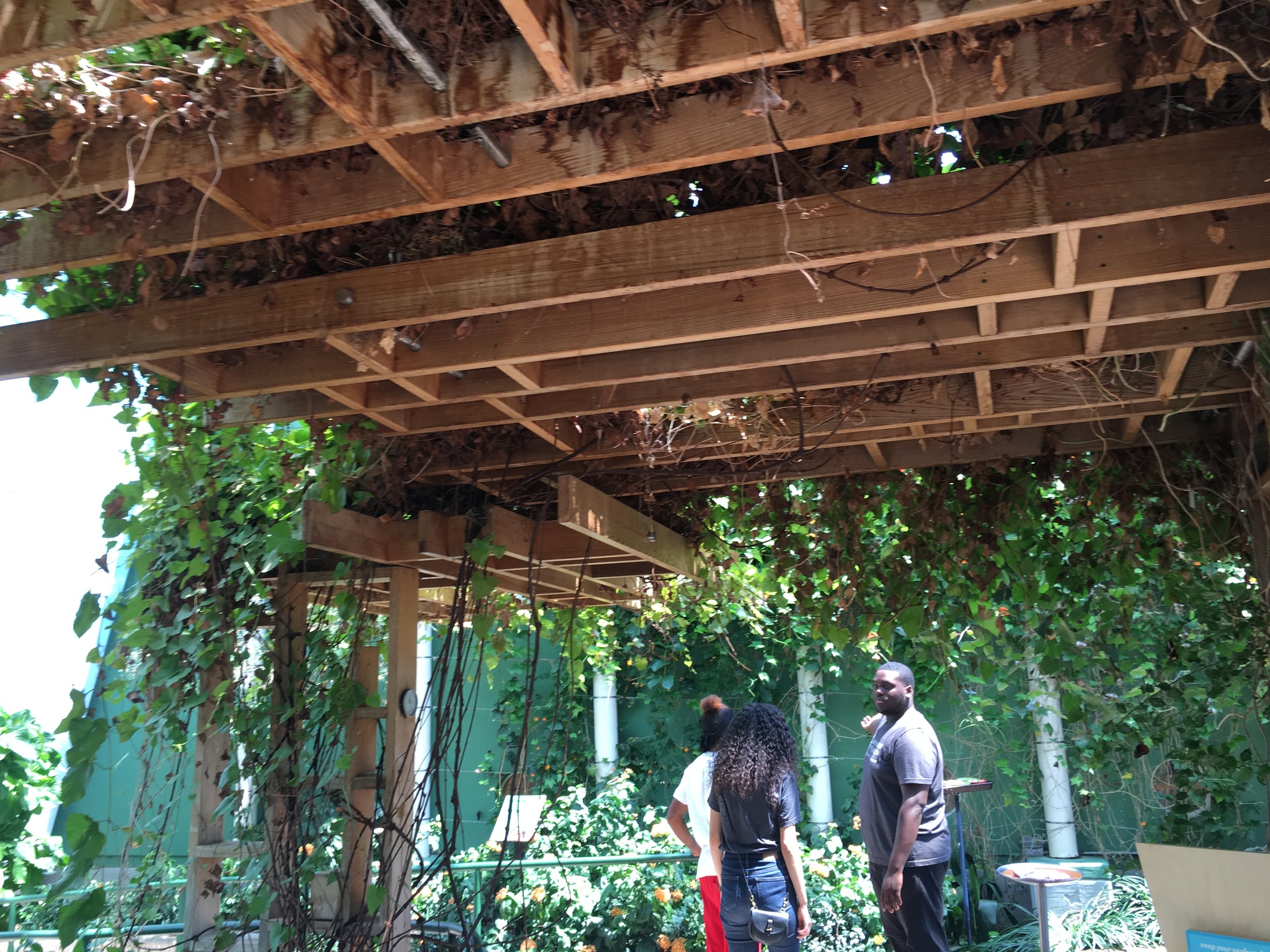Becoming Citizen Scientists at The Commons
Building Sustainable Collaborations Across Living Ecologies
Whether you are five or well into your fifties, there is a childlike marvel in watching a butterfly unfurl its wings and take off across open skies; or in watching a tomato plant grow, slowly at first, and then all at once. Earlier this year, Sweet Water Foundation and the Peggy Notebaert Nature Museum embarked on a journey to keep this wonder alive. Working Through S.C.A.L.E (Sustainable Collaboration Across Living Ecologies) exists at the intersection of life and science. The project works with teenagers to use open-source hardware to investigate the ecologies that surround them and hone their skills as citizen scientists - individuals that are aware, and appreciative of, the natural world and its intricacies.
Sweet Water’s collaboration with the Nature Museum emerged from the Chicago Learning Exchange’s Hive Chicago Network; S.C.A.L.E builds on the Hive Mapping Cooperative’s open-source mapping and data-sharing platform, linking the realms of urban ecology and technology. S.C.A.L.E’s programming includes teaching teens to use smartphones as tools for data collection and environmental observation, cross-program workshops focusing on citizen-sensing projects, and environmental monitoring across program sites.
S.C.A.L.E. MeetUps in July
On Thursday, July 12th, a group of thirty teenagers and four educators from the Peggy Notebaert Nature Museum visited the Perry Ave Commons for the first official meetup between teens involved in the Working Through S.C.A.L.E. program.
SWF teens led a tour of The Commons followed by a rotation of activities:
Insect Data Collection Project - David Bild, manager of the Nature Museum’s Teen and Young Adult Programming, worked with teens to gather and store insects for further analysis. This activity showed the group that even though the Nature Museum and SWF are on opposite sides of the city, there are clear connections in their shared urban environment which create a strong connection between the two sites.
Scavenger Hunt - SWF teens led a scavenger hunt across the Perry Ave Commons. Groups relied on their environmental knowledge to interpret clues and used iNaturalist (an environmental observation app) to identify and record different species of plants and insects, further emphasizing the connections in nature from the north side to the south side of Chicago.
Field Notes - Reflection is a critical aspect of any activity at SWF. The group was led in an exercise during which they found a spot at the Commons to write down their observations, feelings, and thoughts about how the ecology that lay before them was interconnected, and how their existence impacted these ecosystems. Reflection was a key aspect of the day because it challenged the teens to connect with the natural environment and enter into personal conversation about their role in the project.
At the end of the day, the group met in the Thought Barn to reflect on their time at Sweet Water and draw parallels between the urban ecologies of Chicago’s North and South sides. This meetup was followed by a second meetup at The Peggy Notebaert Nature Museum on July 24 to connect the collaborations.
SWF Teens Visit the Nature Museum
On July 24, a group of eight educators and teens from SWF traveled to the Nature Museum for an equally educational and profound day. In the morning, teens from the Nature Museum shared the work they are doing for their final projects and SWF teens participated in data collection at the museum. In the afternoon, SWF teens were given a tour of the area outside of the museum, followed by a self-guided tour of the inside, including the Butterfly Room. Again, SWF and Nature Museum teens were fully immersed in the process of citizen science, collecting data about the natural environment.
Working Through S.C.A.L.E has provided a deeper understanding of the similarities found in nature across the City of Chicago. Walking or driving around the North and South sides of Chicago, the two areas look drastically different (the homes, the people, the food, the culture, etc.), which ultimately leads to different life experiences. Yet, despite the differences, this project has shown clear similarities in the environment, leading to profound connections between everyday citizens.


